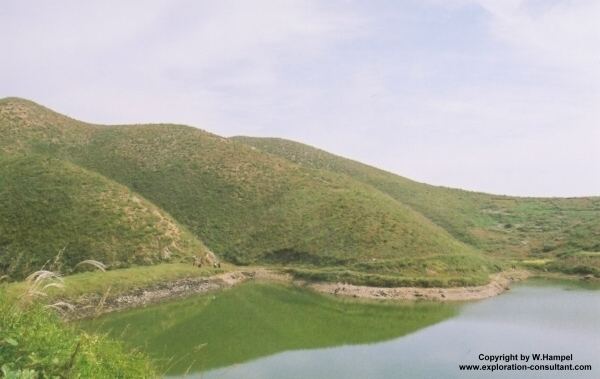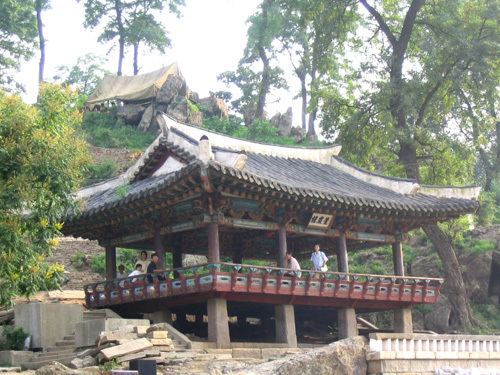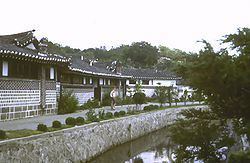Country Region Haeso | Area 8,154 km2 Capital | |
 | ||
Map of North Hwanghae Province
North Hwanghae Province (Hwanghaebuk-to; [hwaŋ.ɦɛ.buk̚.t͈o]) is a province of North Korea. The province was formed in 1954 when the former Hwanghae Province was split into North and South Hwanghae. The provincial capital is Sariwon. The province is bordered by Pyongyang and South Pyongan to the north, Kangwon to the east, Kaesong Industrial Region to the south, and South Hwanghae southwest. In 2003, Kaesong Directly Governed City (Kaesong Chikhalsi) became part of North Hwanghae.
Contents
- Map of North Hwanghae Province
- mass game north hwanghae province april 12 2012 dprk music
- Administrative divisions
- Cities
- Transportation
- Education
- Historic landmarks
- References

mass game north hwanghae province april 12 2012 dprk music
Administrative divisions

North Hwanghae is divided into 3 cities ("si") and 19 counties ("kun"). Three of these counties (Chunghwa, Kangnam, and Sangwon) were added to the province in 2010 after being split from Pyongyang.
Cities
사리원시/沙里院市
개성시/開城市
개성공업지구/開城工業地區
송림시/松林市
Transportation
North Hwanghae is connected to the rest of the country (and allegedly to South Korea) by way of the Pyongbu Railway Line (known in South Korea as the Kyongui Line), which, in theory, runs from Pyongyang to Pusan; however, in reality, the line is cut short by the Korean Demilitarized Zone. It is also served by several large highways, most notably the Pyongyang-Kaesong Motorway.
Education
There are several higher-level educationary facilities in North Hwanghae, all government-run. These include the Kye Ung Sang Sariwon University of Agriculture, the Sariwon University of Geology, and the Sariwon Teachers University.
Historic landmarks
North Hwanghae has many historical relics as the site of the Koryo-dynasty capital at Kaesong, a depository for many famous historic relics. The province is also home to the tombs of many of the Koryo monarchs, the most famous being the tombs of kings Taejo and Kongmin, though others are spread throughout Kaesong and Kaepung county. Kaesong also houses the Koguryo-era Taehungsan Fortress, built to protect the kingdom's capital at Pyongyang and enclosing the famous Kwanum Temple. Nearby to Sariwin is the famous Jongbangsan Fortress, another Koguryo satellite for the defense of Pyongyang. This fortress encompasses the 9th-century Songbulsa Buddhist temple, one of the oldest and most picturesque in the country.
